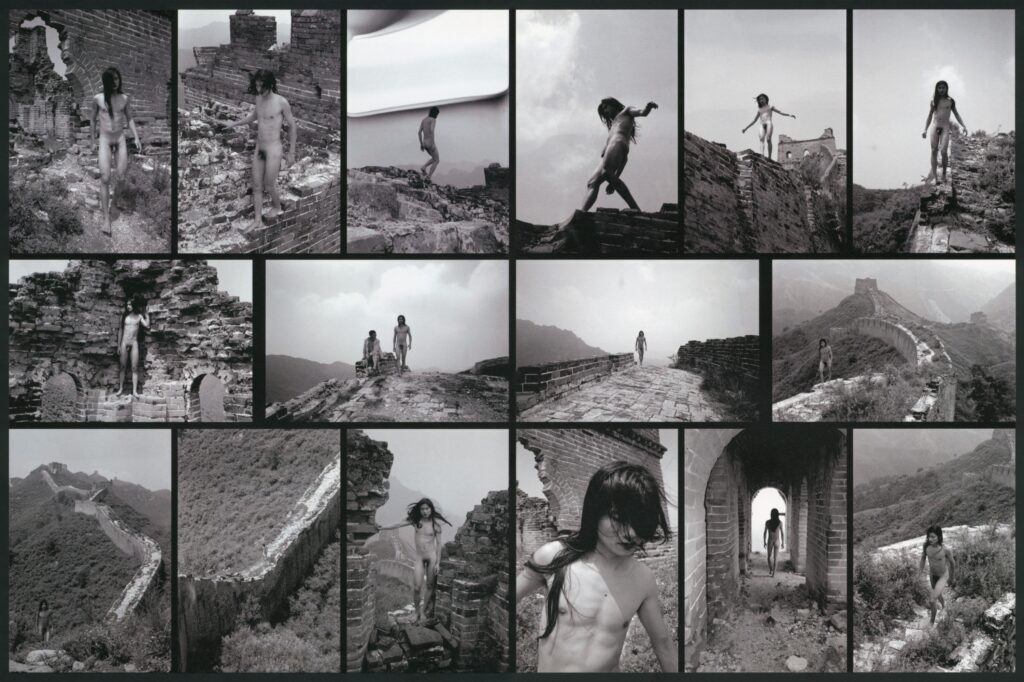What is it about walls that brings out our most vulnerable forms of creativity? From the Great Wall of China, to the Berlin Wall, to the long-proposed Mexico-United States barrier, these contentious sites seem to be a sort of crossroads for political and social reckoning. Whether stacked brick by brick, sculpted from corrugated metal, tubes, barbed wire, concrete, or drywall, a wall in its most basic form is a physical barrier, and something about its very physicality makes it a powerful site for creating art. The following clip from CNBC gives a fantastic (and succinct) overview of the history of border walls in relation to their place in the present day:
With special regard to the Great Wall of China and the Berlin Wall, art becomes a powerful tool for reckoning with painful political and social histories. As the video states, today’s ruins of the Berlin Wall are covered with murals, a symbol of “the explosion of creativity and self-expression, a privilege that generations of people in East Berlin were deprived of.” The wall, in Berlin as elsewhere, presents a tangible site for artistic experimentation. In fact, it seems like the poetics of the wall have become so universally moving that many artists have used co-opted to explore decidedly personal rather than political struggles (see Marina Abramović and Ulay’s 1988 performance The Lovers, wherein the couple walks toward each other from opposite ends of the wall over the course of three months. Spoiler: the grand finale is their breakup).
Gao Minglu’s scholarship the Great Wall in twentieth-century art situates the wall as a consistently changing sign rather than a rigidly conceptualized symbol. “Therefore, the meaning of the Great Wall does not stem from anything in its actual physical existence, but is rather a product of an unending ‘discourse of the Great Wall.’” Through Great Wall-based projects in the 80s and 90s, artists strayed away from “greatness,” instead mourning the memory of the Wall and consequently hinting at current realities. This is another area where we see uncanny parallels with the Berlin Wall.
As a parting thought, I’d like to consider Ma Liuming’s performance on the Great Wall, which Gao Minglu seemed to dismiss: “That gravity of all the Great Wall performances of the 1980s had disappeared; Ma’s work resembled an art diary…Despite the nudity, Ma Liuming’s Great Wall performance actually deals with gender on a superficial or formalist level.”[1] While I can’t claim to have any strong opinion on this, I do find it interesting to notice the post-80s shift from political reconciliation on the wall to personal reconciliation on the wall. How might Ma’s performance work be taking on larger national issues regarding gender presentation and censorship?

[1] Gao Minglu, Total Modernity and the Avant-Garde in Twentieth-Century Chinese Art (Cambridge, MA: MIT Press, 2011), 204.
I agree with you — Gao’s take on Ma Liuming’s work was too simplified.